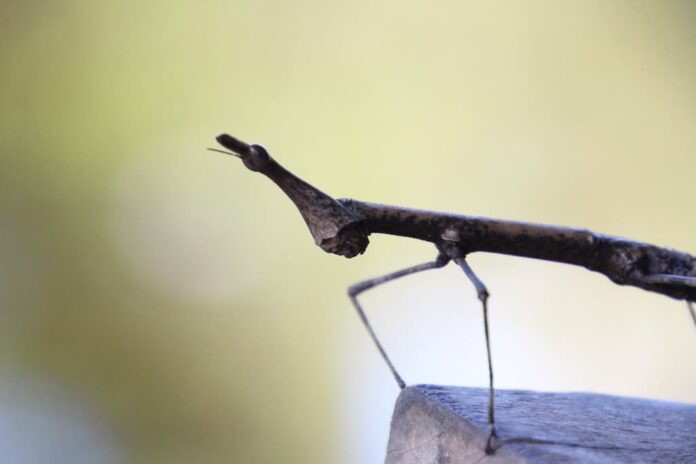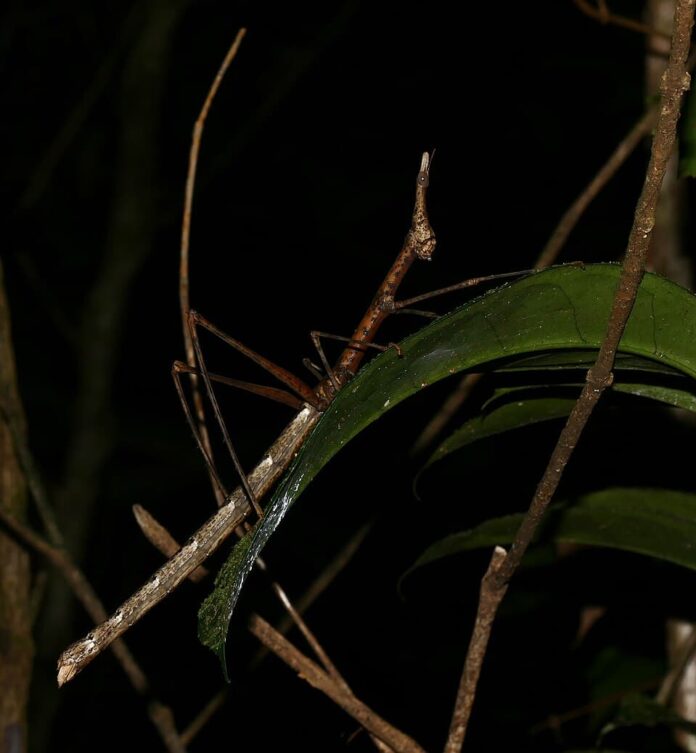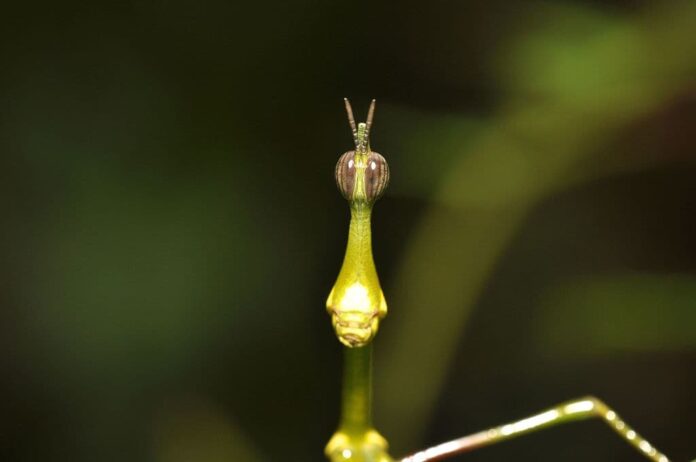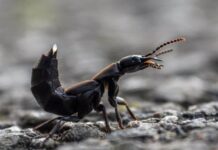Horsehead grasshopper, some find them adorable, while others think they look freaky. Like, who drew this thing? And I bet you have never seen a grasshopper that looks like this before. A horsehead grasshopper looks so unreal that it resembles something from a cartoon. There is also very little information about them, but let’s check out what I found below.
1Appearance

A horsehead grasshopper is a grasshopper that has the appearance of a stick insect. A female horsehead grasshopper is larger than a male; she is 14-15 centimeters long, while a male is 8.9 centimeters. Some specimens can grow up to 18 centimeters, which is quite unusual for a grasshopper. The female is woody brown in color, and the male is bright green, and they look like a twig. Being a grasshopper, this insect can hop very well using those long and strong legs. In fact, it can leap up to 20 times its body length. This ability allows them to flee from predators, making up for the fact that they cannot fly.
Both have an elongated face and large eyes, but males have larger bulbous eyes, which give them a confused expression. These eyes are not just for show; the placement is there for a reason. The eyes of the horsehead grasshoppers sit high atop the head, and that provides a panoramic view of their surroundings. So in case of predators approaching, they can leap to safety immediately.
2Feeding & Habitats

This stick insect is found in various habitats across South America, mainly in Brazil, Colombia, French Guinea, Peru, and Venezuela. It inhabits rainforests and subtropical rainforests where foliage is abundant, and where it can blend in with the environment. Just chilling on branches, mimicking a twig and swaying in the wind to avoid predators. Being small insects, they feed on foliage and plant leaves, and their favorite trees are bramble and oak. As long as there are host bushes and trees, horsehead grasshoppers can survive just fine. However, their population is being threatened by climate change and habitat loss from deforestation.
Related Post: Leichhardt’s Grasshopper Facts




